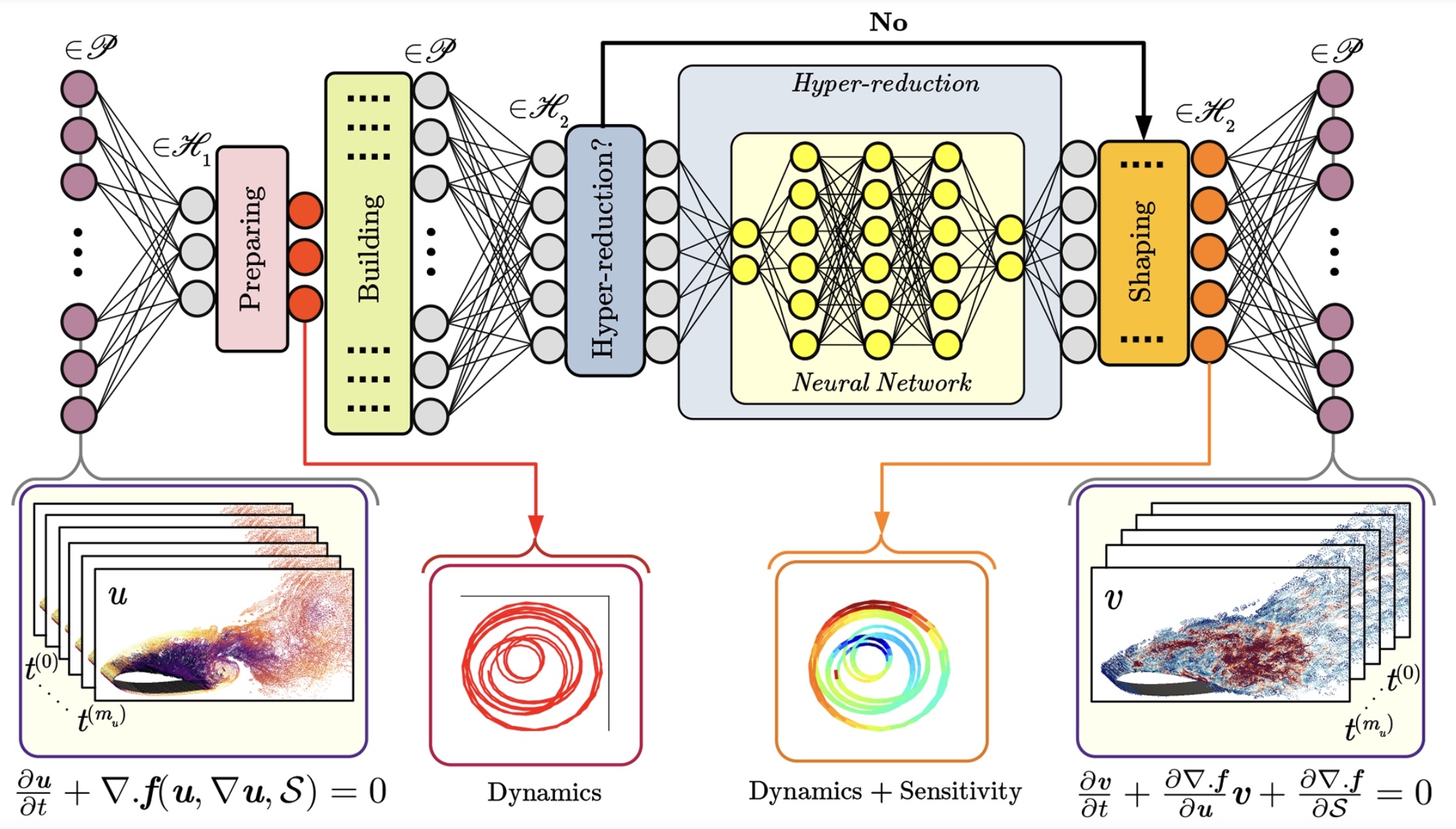
High-Order Methods for Computational Fluid Dynamics
The design of next-generation aircraft relies increasingly on our ability to accurately simulate unsteady turbulent flows. Current industry-standard tools rely on conventional low-order order methods, which have relatively high error. In our lab we work on the development of new high-order methods that have low error per degree of freedom. This means that the solvers we are creating can be orders of magnitude more acccurate and, at the same time, orders of magnitude more accurate that what is currently used in industry.




